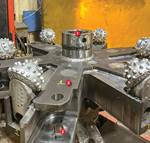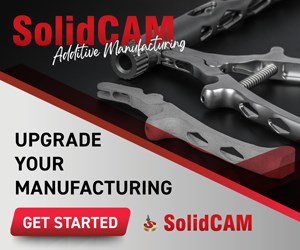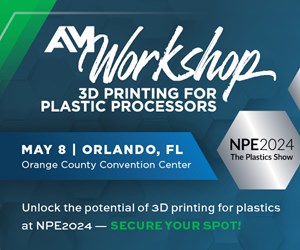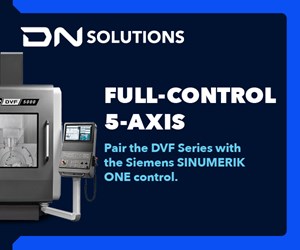3D Printer Supports High-Grade Engineering Materials
IMTS 2018: Roboze, designer and manufacturer of AM systems for the aeronautics, defense, space and manufacturing sectors, showcases its FFF 3D printers.
Roboze, designer and manufacturer of additive manufacturing (AM) systems for the aeronautics, defense, space and manufacturing sectors, showcases its One + 400 fused filament fabrication (FFF) 3D printer. This printer is dedicated to high-grade engineering materials such as PEEK and Carbon PA. It is equipped with the company’s beltless system technology, which delivers positioning accuracy ranging to 25 microns. Mechatronic movement of the rack and pinion of the X and Y axes enables this capability.
The 3D printer model features performance and volume upgrades, which are designed to provide consistency and stability. The upgrades enable the printer to offer higher efficiency levels than previous models, the company says
The One + 400 3D printer is equipped with a 300 × 200 × 200 mm printing table. It also features an HVP extruder, enabling it to print highly viscous materials such as PEEK, and a compressed air cooling system. These features contribute to more reliable prints and increased heat exchange of the extruder body. The printer’s vacuum build plate system is said to provide greater adhesion between parts and build plate and is designed to speed up the printing processes.
Related Content
-
Building an Automation Solution From the Ground Up
IMTS 2022 provides visitors the opportunity to meet with product experts to design automation solutions from scratch.
-
Weiler to Debut New Automation Features For Its Lathes
Weiler’s V 110 four-way precision lathe introduces features new to the U.S.
-
Ball-End Tool Contours, Chamfers and Finishes in One Pass for Most Materials
The new IMCO Carbide Tool Pow•R•Arc end mill, to be shown at IMTS 2022, emphasizes speed. The cutter is able to run and increase feed rates to machine one’s mold up to five times faster than a four-flute tool.










.png;maxWidth=300;quality=90)

